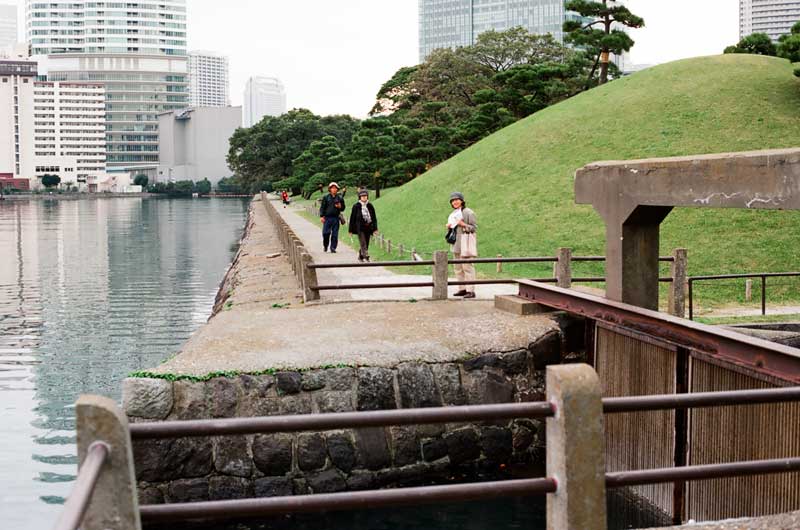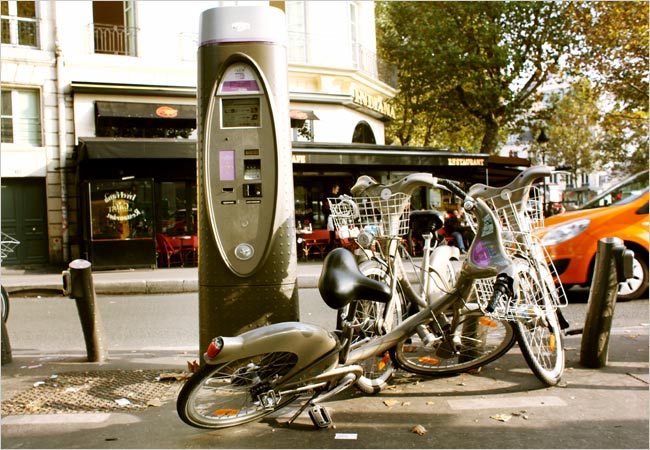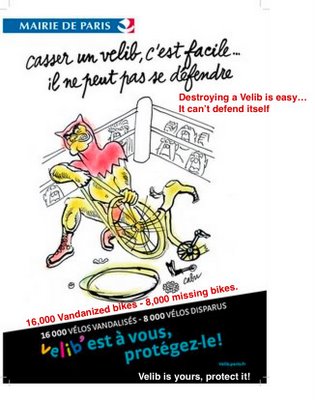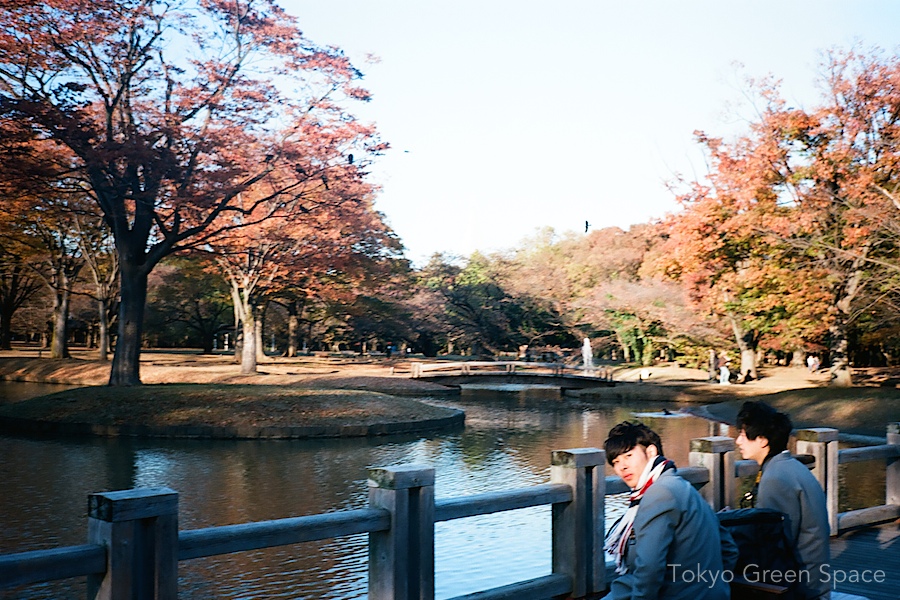duck
Ducks keep city dwellers company at ponds and rivers
This Tokyo duck has seen finer days
Garden edges: former imperial property borders freeway on one side, harbor on other side

Hamarikyu is an elaborate garden between the office towers of Shiodome and the harbor full of warehouses, garbage incinerators, and the massive immigration office with no cellphone coverage. Inside the garden, you can learn how the Emperor created a special landscape to facilitate duck hunting that used decoy ducks, falcons, and nets. But on the edges of the garden, you can see the messy metropolis with its relentless accumulation of transportation, commerce, and recently new luxury residential development. I like how on the city side, the stone-lined canal has been preserved, and on the harbor side, an older looking flood gate still regulates the garden’s pond.

Trolls in the park

Under the title “Trolls in the Park,” there is an outdoor public art display in Suginami’s Zenpukuji park: a quiet park with two ponds, many ducks and wonderful mature trees now turning colors. If you have a chance to attend before November 22, I recommend a visit.
It was late in the day, and my photos turned out blurry. Above is Matthew in front of a manga-inspired sign, one of a series that blends the natural world of the park with the narratives and scene-shaping of comic books. Below is one of a series of birdhouses with men’s ties.

Much better photos are available on the Art in the Park website. There’s also a funny blog (in Japanese) by the artist Toshiaki Tomita who calls himself a bad guide who doesn’t know anything about the park. Below is a photo of fall foliage, reason enough to visit the park.

The idea of temporary art in the park– enlivening nature with culture and vice versa– appears to be gaining international interest. This Tokyo event has many British artists, and I read about a similar event in Singapore (through December 27 in the Singapore Botanic Gardens).
Public behavior: Tokyo’s advantage in building a livable city

A recent New York Times story about vandalism of Paris’ visionary Velib bike-sharing program highlighted an enormous advantage that Tokyo has in creating great public spaces: the respect that citizens pay to shared space and to each other.
To mitigate climate change, reduce traffic and clean the city’s air, Paris created a remarkable bike sharing program, with over 20,000 bicycles available throughout Paris at a very low rental price. With 50,000 to 150,000 daily trips, this bike-sharing program created a real impact on how residents and tourists traversed the city. Since 2007, more than 80% of the sturdy bicycles have been stolen or vandalized beyond repair.
The New York Times quotes Parisian police and sociologists who blame the attacks on “resentful, angry or anarchic youth” in a “socially divide Paris.” Specific blame is given to suburban youth, the mostly poor immigrants who live in the outskirts of the city and view the bicycles as a symbol of urban privilege that they lack.
Compared to the extreme inequality in many global cities, Tokyo remains surprisingly safe and clean. This allows for some amazing new public spaces, from the wonderous Ginza Farm open to everyone and unguarded– disturbed in five months only by a raccoon hungry for one of its ducks (more on this later)– to the many common gardens and plants placed outside homes and shops.
Most Tokyo residents are unaware that their relative social harmony is unique. With public behavior the norm, there are unparalleled opportunities to create even more exciting new public spaces that revitalize human life connected to plants and wildlife. Public spaces open at night, habitats that require clean running water, valuable plants that require time and care to mature, the care that individuals and organizations invest in place-making are all more likely to be respected and allowed to thrive in Tokyo.



